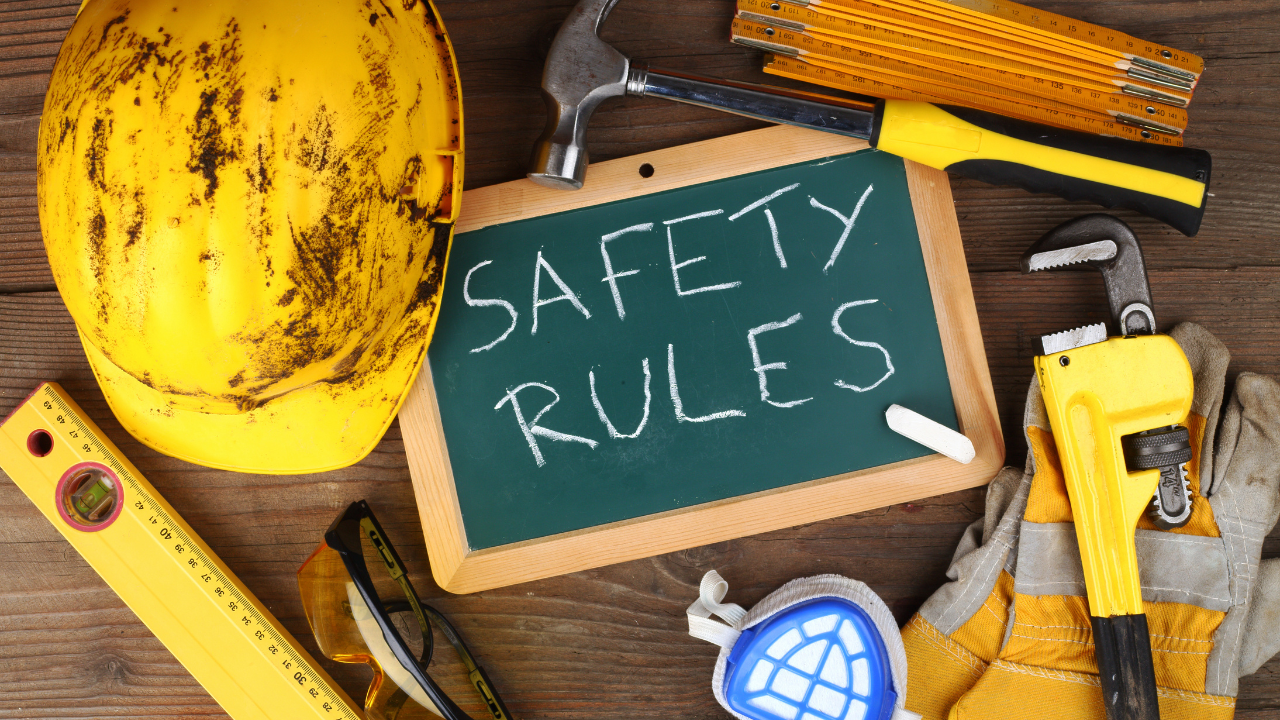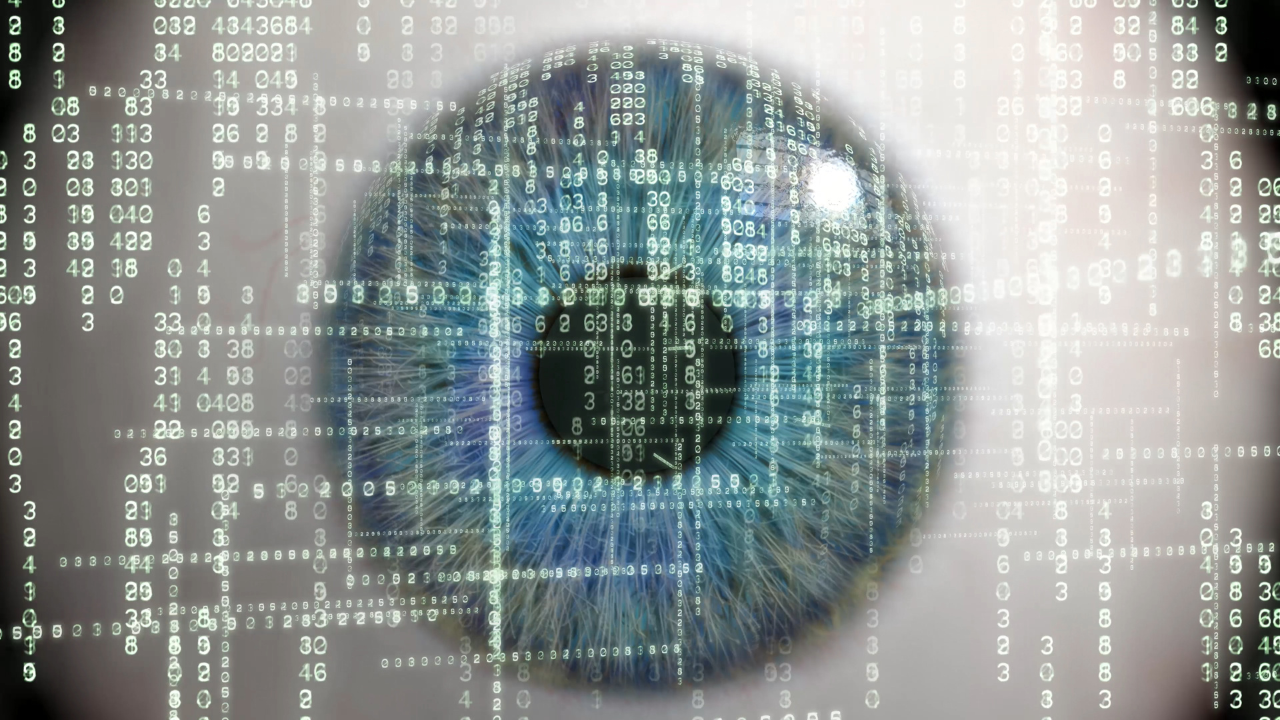











Imagine stepping inside a human cell, walking through ancient Rome, or conducting a chemistry experiment in a virtual lab — all without leaving the classroom. Thanks to Virtual Reality (VR), these once impossible experiences are now part of a growing movement in education.
VR is revolutionizing how we learn by making education more immersive, interactive, and engaging. Let’s dive into how this exciting technology is reshaping learning experiences across the world.
Virtual Reality (VR) is a technology that creates a simulated environment where users can interact with digital content in a 360° space. Using VR headsets, learners can explore, manipulate, and learn from these digital worlds in real time — making education feel real even when it’s virtual.
VR allows students to “be there” rather than just read or watch. Whether it’s exploring the Great Barrier Reef or visiting the surface of Mars, VR makes lessons memorable by turning abstract ideas into real-world experiences.
In VR, students can perform virtual surgeries, mix chemicals, or build machines without the risks or costs of real-life labs. This hands-on approach boosts skill development and retention.
VR platforms can adapt to individual learning styles, letting students explore at their own pace and revisit difficult concepts as needed — creating a student-centered experience.
VR bridges the gap for students who can’t go on field trips, who have disabilities, or who live in remote areas — making high-quality experiences more accessible and inclusive.
Science & STEM: Virtual labs, 3D molecule models, or human anatomy explorations.
History & Geography: Time-travel to historic events or explore countries and ecosystems.
Medical & Technical Training: Simulated surgeries, repairs, or hazardous environment training.
Language Learning: Practice conversations in immersive real-world settings.
Art & Design: Create 3D models or tour museums and architectural wonders.
Increases engagement and motivation
Improves concept understanding through visualization
Encourages active learning and critical thinking
Enhances collaboration with multi-user virtual environments
Builds empathy through perspective-taking experiences (e.g., walking in someone else’s shoes)
Cost & Accessibility: VR headsets and development tools can be expensive.
Teacher Training: Educators need support to integrate VR effectively into lessons.
Screen Time & Health: Prolonged VR use can cause discomfort or motion sickness in some users.
Content Quality: Not all VR content is educational or well-designed — careful curation is essential.
As VR becomes more affordable and widespread, we can expect:
AI-powered virtual tutors guiding students through simulations
Mixed reality (MR) environments blending physical and digital learning
Global virtual classrooms, connecting students and teachers from around the world
VR-driven assessments, testing real-time problem-solving in simulated scenarios
The future of VR in education is not just about technology — it’s about creating deeper, more meaningful learning experiences.
Virtual Reality isn’t just a flashy tool — it’s a transformational technology that’s redefining how we learn. By putting students inside the subject matter, VR turns learning into an adventure — one where curiosity is rewarded, mistakes are safe, and the classroom has no walls.
The future of education is not just virtual — it’s virtually limitless.
#trending #latest

How Extracurricular Activities Spark Student Motivation to Succeed... Read More.

Enhancing Student Interest with Project-Based Learning... Read More.
 Fake posts hit Czech PM Fiala's X
Fake posts hit Czech PM Fiala's X
Fake posts disrupt Czech PM Fiala's X account security
 Switzerland Tightens Export Rules
Switzerland Tightens Export Rules
Switzerland expands export controls on dual-use goods
 Google unveils Ironwood AI chip
Google unveils Ironwood AI chip
Google introduces Ironwood chip to accelerate AI tasks & apps
 TSMC Q1 revenue up 42%
TSMC Q1 revenue up 42%
TSMC sees 42% revenue surge in Q1, surpassing forecasts
 Google unveils Ironwood AI chip
Google unveils Ironwood AI chip
Google's Ironwood chip boosts AI processing and app speed
 Amazon CEO Outlines AI Vision
Amazon CEO Outlines AI Vision
Amazon CEO reveals AI investment plans in new letter
 Osaka Hosts World Expo 2025
Osaka Hosts World Expo 2025
Japan blends tech and culture at Osaka Expo 2025 launch
© MyEduGoal. All Rights Reserved. Design by markaziasolutions.com